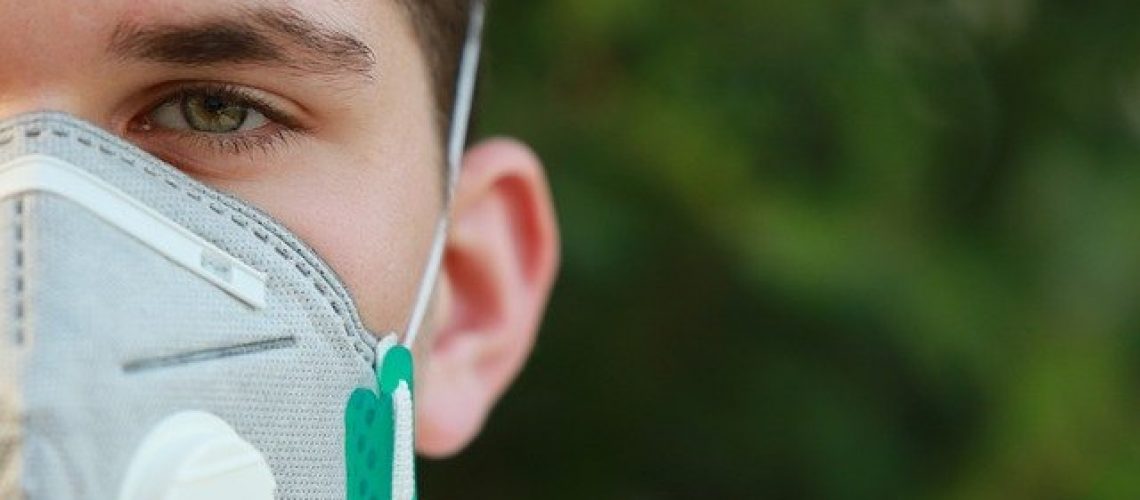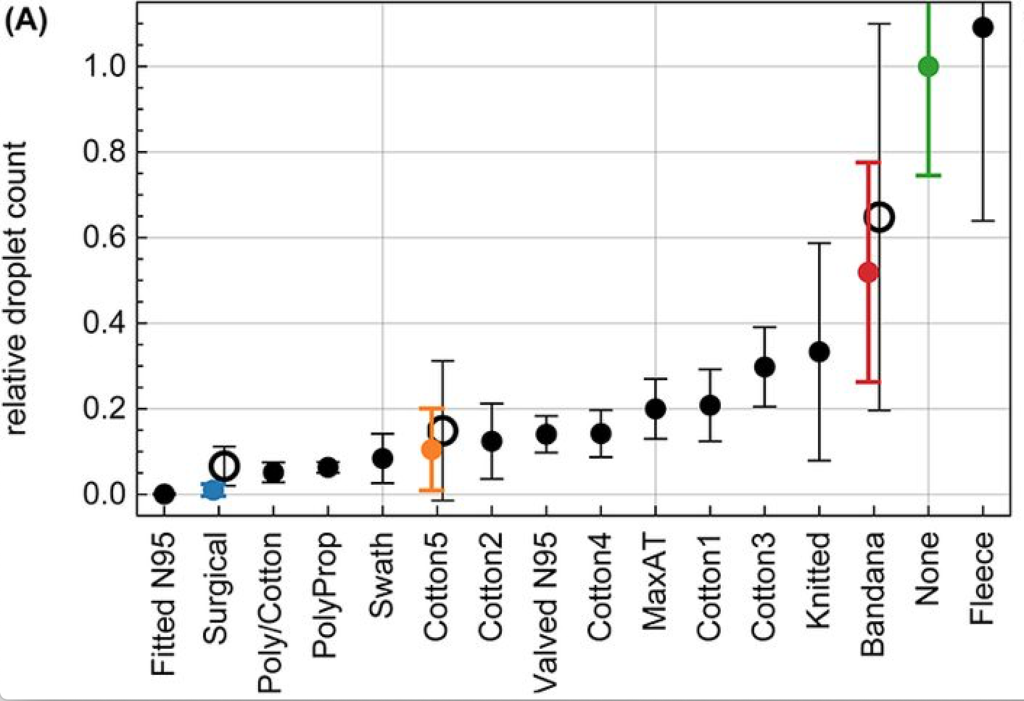Surgical masks, do they work?
- By Firas Amin
- August 31, 2020
- 11:28 am

A new acting law in Denmark has require everyone to wear a face mask when they use public transports. Even though there are some people who are still strongly against face masks as prevention, here are the science behind how masks can slow down the transmission.
An article published in the New England Journal of Medicine did a laser light scattering experiment to visualize speech-generated oral fluid droplets. Hundreds of droplets ranging from 20 to 500 micrometers were released when a simple phase is said. However, with a damp washcloth, nearly all of them were blocked.
But in Denmark, in the stores, you will get the masks that are disposable surgical mask which fits the type II/R EN14683 test standard. What does this test standard mean? It means the masks have to have more than 98% efficacy in bacterial filtration, less than 60 Pa/cm2 of respiratory resistance and other requirements for fluid penetration.
Another study tested the efficacy of 14 different masks were published in Science Advance as shown in the picture below. The result showed using a surgical masks significantly reduced the droplets and slow down the transmission of viruses.


However, using the masks is not going to secure you from being infected. You will have to wear it correctly and still need to sanitize your hands frequently and keep social distance. The recommendation of how to wear the masks suggested by Centers for Disease Control and Prevention (CDC), are listed below.
- Wash your hands before putting on your mask
- Put it over your nose and mouth and secure it under your chin
- Try to fit it snugly against the sides of your face
- Make sure you can breathe easily
